
by DharamCW | May 23, 2025 | Leadership in Project Management, Professional Development Webinars
🚀 Transform Your PMO Vision into Strategic Impact!
Join me and the vCare Project Management community for an exclusive webinar featuring Mark Moser, MBA, PMP, PfMP, CSM, LSSBB – Director of the Project Management Office at Comporium, Charlotte, NC, USA.
With 15+ years leading PMOs across healthcare, telecom, and corporate sectors, Mark has earned a reputation for turning complex initiatives into measurable success stories. From ERP rollouts to enterprise dashboarding and capability building, he brings actionable wisdom every PMO leader needs.
Session Date: Friday, 13th June 2025
Session Time:
10:30 AM – 11:30 AM (PDT) / 11:30 AM – 12:30 PM (MDT)
12:30 PM – 01:30 PM (CDT) / 01:30 PM – 02:30 PM (EDT)
02:30 PM – 03:30 PM (BRT) / 06:30 PM – 07:30 PM (BST)
07:30 PM – 08:30 PM (CEST) / 08:30 PM – 09:30 PM (AST)
🔗 Reserve Your Spot Now → https://bit.ly/43s8KVl
🎯 Key Takeaways from the Webinar:
– Laying the Foundation: The First Three Strategic Moves in Building a PMO from Scratch
– From Data to Decisions: How Executive Dashboards Drive Strategic Alignment
– ERP Excellence: Lessons from Leading Multi-Million Dollar, Enterprise-Wide Initiatives
– Bridging the Certification Gap: Training Non-Certified Teams on PMI Best Practices
– Defining High-Impact: What Sets Top-Performing PMOs Apart in Today’s Business Landscape
🎓 Earn 1 PDU
🎁 Special Discounts on upcoming PMP, PgMP & PfMP programs
💬 Book a 1-on-1 call with me: http://talktodharam.com
📌 Explore More:
PfMP Online Training → http://bit.ly/39jOZSf
PfMP Direct Training → http://bit.ly/38er2M3
PfMP4U LinkedIn Group → http://bit.ly/31P7GKR
Let’s redefine PMO leadership—together.
#PMO #PfMP #PMP #ProjectLeadership #ERPStrategy #PortfolioManagement #vCareProjectManagement #PMOTransformation #MarkMoser #DharamSingh #StrategicExecution #PMWebinar #ProgramManagement #LeadershipDevelopment #Comporium #PMICertifications
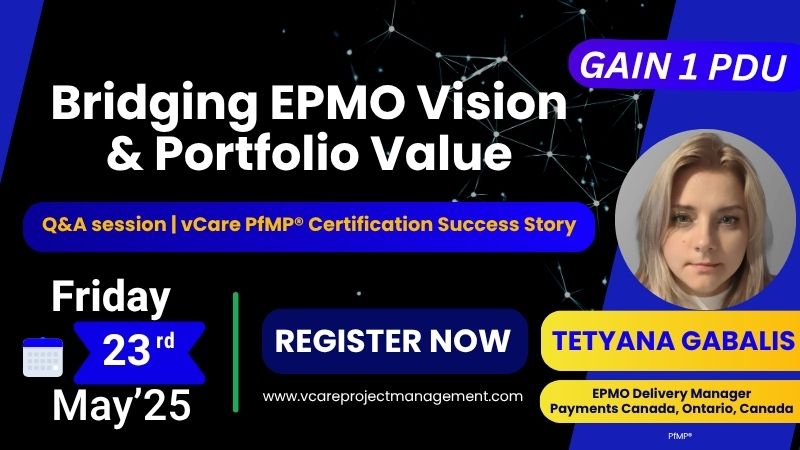
by DharamCW | May 19, 2025 | Professional Development Webinars, Professional Resilience and Inspiration Stories
🚀 Excited to Host an Exclusive Webinar with Tetyana Gabalis! 🎙️
Join me and vCare Project Management on Friday, May 23, 2025, for a powerful session featuring Tetyana Gabalis, a distinguished EPMO Delivery Manager from Ottawa, Canada. With over two decades of experience in financial services, high-tech industries, international transportation, manufacturing, and IT consulting, Tetyana has successfully led complex, high-stakes programs and portfolios, delivering measurable value in regulated and dynamic environments.
🔗 Register Now → https://bit.ly/3EFV4O9
🗓 Date: Friday, May 23, 2025
⏰ Time Zones:
08:00 AM – 09:00 AM (PDT) / 09:00 AM – 10:00 AM (MDT) / 10:00 AM – 11:00 AM (CDT) / 11:00 AM – 12:00 PM (EDT) / 12:00 PM – 01:00 PM (BRT) / 05:00 PM – 06:00 PM (CEST) / 06:00 PM – 07:00 PM (AST) / 07:00 PM – 08:00 PM (GST) / 08:30 PM – 09:30 PM (IST)
🎯What You’ll Gain from This Webinar:
– Strategic Alignment in a Regulated Environment
– Evolving from Traditional Project Management to EPMO
– Embedding Change Management in Delivery
– Influencing Without Authority
– Using Data to Drive Portfolio Performance
🎓 Earn 1 PDU
🎁 Special Discounts on upcoming PMP, PgMP & PfMP programs
💬 Book a 1-on-1 call with me: http://talktodharam.com
📌 Explore More:
PfMP Online Training → http://bit.ly/39jOZSf
PfMP Direct Training → http://bit.ly/38er2M3
PfMP4U LinkedIn Group → http://bit.ly/31P7GKR
Let’s unlock the value of strategic execution together. Looking forward to seeing you there!
#PfMP #PfMPTraining #PortfolioManagement #PfMPExamPrep #ProjectManagement #PMICertification #PfMPMentoring #vCareProjectManagement #DharamSingh #PMI #PMIATP #PfMP2025 #PortfolioManager #StrategicExecution #MentorshipMatters #LeadershipDevelopment #OnlineTraining #ProfessionalGrowth #PfMPCertification #PfMPBootcamp

by DharamCW | May 15, 2025 | General, Leadership in Project Management
⏱️ In the rush to deliver fast, are you forgetting to deliver right?
After mentoring hundreds of project, program, and portfolio managers, I’ve seen one truth stand out: Speed means nothing without thoughtfulness. Swipe through these 5 essential principles to help you find that balance 👇
✅ Prioritize What Matters
– Identify the most critical tasks and focus your resources there
– Not everything needs to be done quickly — some things need to be done right
✅ Plan for Agility
– Use flexible frameworks like Agile or iterative planning
– This helps you adapt to changes while maintaining a thoughtful approach
✅ Communicate Clearly
– Keep your team aligned with clear, concise updates on priorities and timelines
– Thoughtfulness in communication reduces confusion and builds trust
✅ Evaluate Risks Carefully
– Weigh the trade-offs between speed and long-term impact
– Take calculated risks but avoid shortcuts that could lead to project failures
✅ Reflect and Refine
– After each phase, review what worked and what didn’t
– Continuous improvement ensures that speed and thoughtfulness remain balanced throughout the project
💭 Fast isn’t always forward.
👉 How do you personally balance speed with thoughtfulness in your projects?
Let’s open the conversation.
View our upcoming PMP Programs
Online → https://bit.ly/2BU0mFp
Direct → http://bit.ly/3ic7GRF
View our upcoming PgMP® Programs
Online → http://bit.ly/2oBKQXQ
Direct → http://bit.ly/2oCfpg0
View our upcoming PfMP® Programs:
Online → http://bit.ly/39jOZSf
Direct → http://bit.ly/38er2M3
🎙️ Got questions about your Project Management career or PMI certifications?
Book your FREE 15-min session with me at 👉 www.talktodharam.com
📞 Contact Us
Call: 650-283-0123
Email: [email protected]
🎧 Subscribe & Stay Ahead
Webinars & Success Stories: https://bit.ly/2YF0wJl
Podcasts & Interviews: https://bit.ly/2NDY8wd
#ProjectManagement #PgMP #PfMP #PMP #Agile #Leadership #StrategicThinking #DharamSingh #vCareProjectManagement #SpeedVsQuality #PMICertifications #ContinuousImprovement #RiskManagement #TeamAlignment #ProjectLeadership
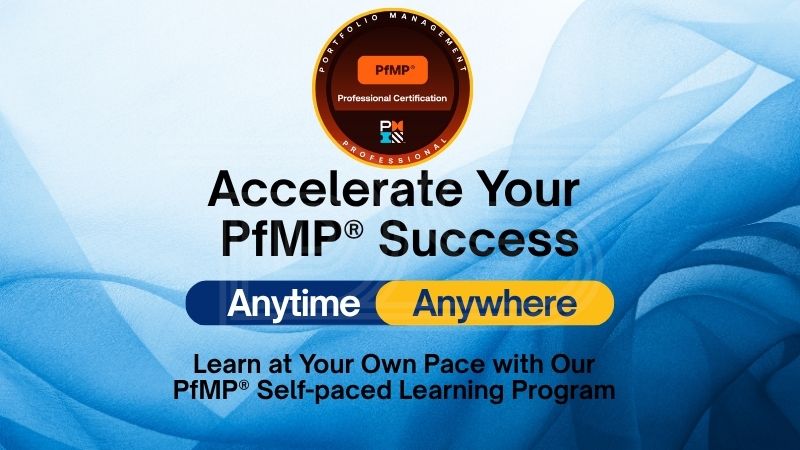
by DharamCW | May 7, 2025 | vCare PMI Certification Training Classes
🚀 Accelerate Your PfMP Exam Success – Learn Anytime, Anywhere with Me
Are you aiming for the prestigious PfMP (Portfolio Management Professional) certification but finding it hard to commit to a fixed schedule?
🔖 Price: $499
📌 Start Learning Today → https://bit.ly/3eWCjUE
I understand the challenges of a demanding professional life. That’s why I’ve designed a PfMP® Self-paced Learning Program — to bring you flexibility, affordability, and expert guidance, all on your own terms.
Over 175+ professionals across 30+ countries have trained under my mentorship and achieved their PfMP goals. Now it’s your turn.
🎯 Whether you’re just starting out or gearing up for the final round of preparation, this program empowers you with:
✅ Flexible Learning
✅ Cost-Effective Format
✅ Expert-Led Insights
✅ Exam-Focused Resources
💡 This program is aligned with the latest PfMP® exam standards.
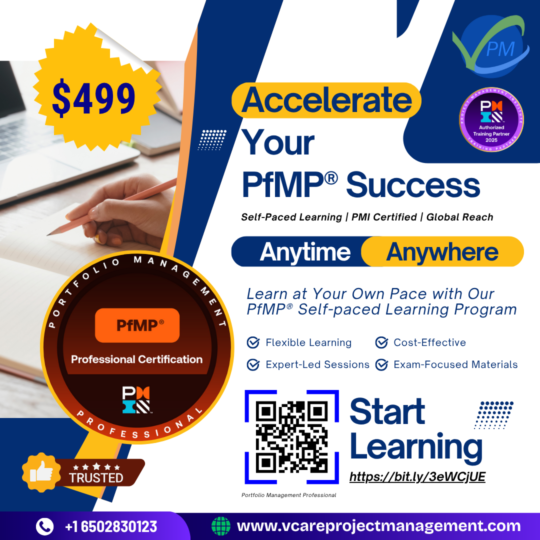
Train on your schedule—Dharam Singh’s PfMP Self-Paced Program delivers global success through expert-led flexibility
📌 Explore Our PfMP® Programs:
Online Training → http://bit.ly/39jOZSf
Direct Training → http://bit.ly/38er2M3
📌 Join Our PfMP® Community:
PfMP4U LinkedIn Group → http://bit.ly/31P7GKR
🗓 Need clarity? Book a FREE 15-minute consultation with me here: talktodharam.com
📺 Subscribe to our Q&A series, expert interviews, and certification journeys:
→ vCare YouTube Channel – https://bit.ly/2YF0wJl
→ PfMP Podcast Interviews – https://bit.ly/2NDY8wd
Let’s turn your PfMP® dream into a global success story.
#PfMP #PfMPExam #PortfolioManagement #PfMPCertification #PMICertified #ProjectManagementTraining #PfMPPreparation #SelfPacedLearning #PfMPExamPrep #vCareProjectManagement #DharamSingh #PMI #PortfolioManager #AccelerateYourSuccess
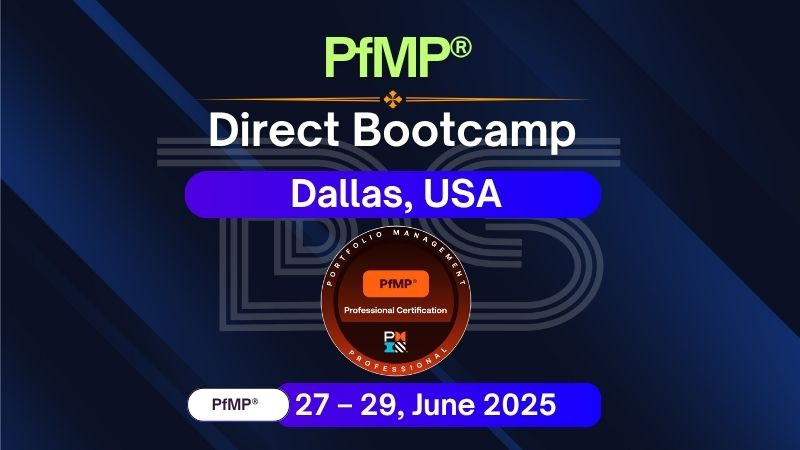
by DharamCW | May 3, 2025 | vCare PMI Certification Training Classes
🎯 Accelerate Your Portfolio Leadership Journey in Just 3 Days!
I’m excited to invite you to the PfMP Direct Bootcamp in Dallas — a focused, in-person experience designed to help you align portfolios with enterprise strategy and deliver true business value.
🌐 Register Now: https://bit.ly/3ByLdrs
📍 Location: Dallas
📅 Dates: 27–29 June 2025
🕘 Time: 9 AM – 5 PM (CDT)
As your trainer, I bring insights from guiding 175+ PfMPs worldwide, and together, we’ll dive deep into the portfolio management framework, decision-making, governance, and strategic execution.
🔍 What You’ll Receive:
✅ PfMP® Complete Reference Guide
✅ PfMP® Pathfinder: ECO Task Mapping
✅ PfMP® Mapping Workbook
✅ 48 PDUs / Contact Hours
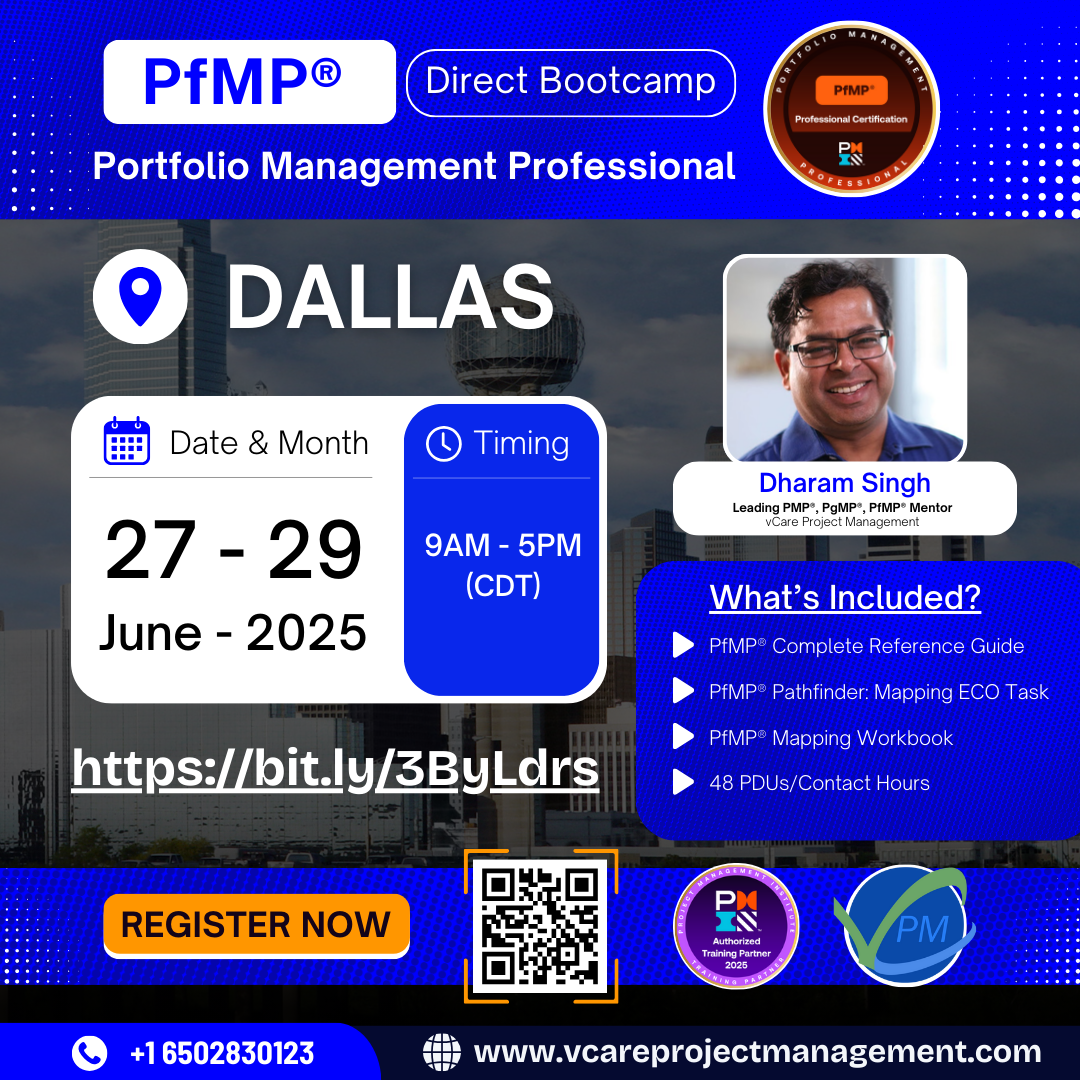
Accelerate your PfMP journey in 3 days—Join Dharam Singh in Dallas for expert-led portfolio leadership training
📌 Explore Our PfMP® Programs:
Online Training → http://bit.ly/39jOZSf
Direct Training → http://bit.ly/38er2M3
📌 Join Our PfMP® Community:
PfMP4U LinkedIn Group → http://bit.ly/31P7GKR
📌 Essential Resources for Your PfMP Exam Prep:
PfMP Challenger Gold (Mock Exams 1 to 3) | Exam Simulator – https://bit.ly/3KCjbNh
PfMP Challenger Mock Exam 1 | Exam Simulator – https://bit.ly/3KKZkv3
PfMP Pathfinder – https://bit.ly/35j9Dli
The Complete Reference Guide for PfMP Certification – https://bit.ly/3pU4ud5
🎯 Need guidance before deciding?
Let’s connect: http://talktodharam.com
📲 Register Now for Exclusive Offers
👉 Scan the QR or visit: https://lnkd.in/gPzhHvP5
📞 For queries: +1 650 283 0123
💥 Limited Seats – Reserve Early
This bootcamp is ideal for senior professionals ready to elevate their strategic leadership and portfolio management capability.
Let’s take your career to the next level – together.
#ProjectManagement #PgMP #PfMP #PMP #Agile #Leadership #StrategicThinking #DharamSingh #vCareProjectManagement #PMICertifications #PortfolioLeadership #PfMPBootcamp #DallasBootcamp #PfMPExamPrep #PortfolioManagement










Recent Comments